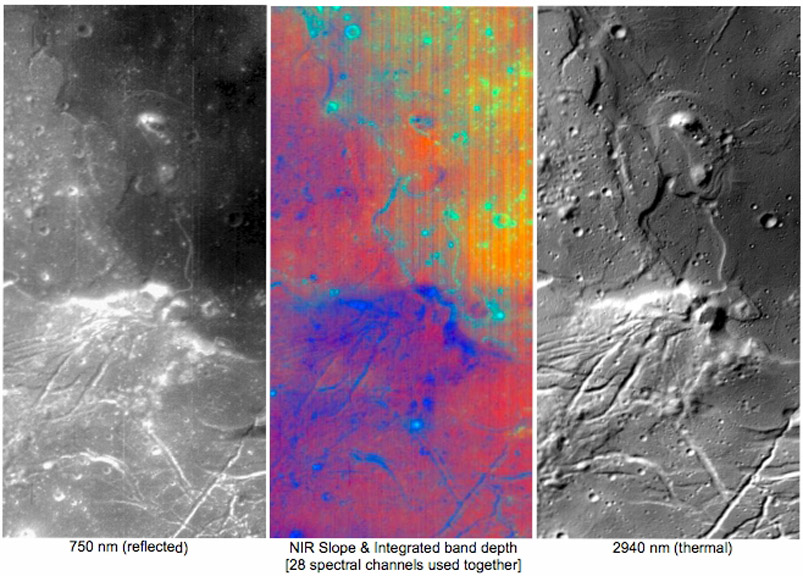Difference between revisions of "December 18, 2008"
| Line 1: | Line 1: | ||
__NOTOC__ | __NOTOC__ | ||
=M-Cubed= | =M-Cubed= | ||
| + | <!-- Start of content --> | ||
<!-- ws:start:WikiTextHeadingRule:1:<h1> --> | <!-- ws:start:WikiTextHeadingRule:1:<h1> --> | ||
<!-- ws:start:WikiTextLocalImageRule:7:<img src="/file/view/LPOD-Dec18-08.jpg/51399943/LPOD-Dec18-08.jpg" alt="" title="" /> -->[[File:LPOD-Dec18-08.jpg|LPOD-Dec18-08.jpg]]<!-- ws:end:WikiTextLocalImageRule:7 --><br /> | <!-- ws:start:WikiTextLocalImageRule:7:<img src="/file/view/LPOD-Dec18-08.jpg/51399943/LPOD-Dec18-08.jpg" alt="" title="" /> -->[[File:LPOD-Dec18-08.jpg|LPOD-Dec18-08.jpg]]<!-- ws:end:WikiTextLocalImageRule:7 --><br /> | ||
| Line 16: | Line 17: | ||
<p><b>Tomorrow's LPOD:</b> [[December 19, 2008|Close-Up of a Rille]] </p> | <p><b>Tomorrow's LPOD:</b> [[December 19, 2008|Close-Up of a Rille]] </p> | ||
<hr /> | <hr /> | ||
| + | {{wiki/ArticleFooter}} | ||
Latest revision as of 20:28, 7 February 2015
M-Cubed

image by Moon Mineralogy Mapper, Chandrayaan-1
Although the US's lunar orbiter will not launch until next spring, two American-made sensors are currently collecting data as guest instruments aboard the Indian Space Research Organization's Chandrayaan-1 spacecraft. This is the first data from the Moon Mineralogy Mapper, the most sophisticated multispectral imager to fly to the Moon. As the M-Cubed Science Blog says the instrument is a state-of-the-art imaging spectrometer that will assess the mineralogy of the entire lunar surface at high spatial and spectral resolution. The ground resolution is as high as 70 m and the instrument will image in 261 bands, each a very narrow 10 microns wide, from the visible to the infrared parts of the spectrum (402 to 3000 nanometers). The image above is a small piece of the southern shore of Mare Orientale. The left image was collected through the 750 nm filter, the same used on the Clementine spacecraft. The right image, at 2940 nm, includes significant thermal radiation from the Moon. These data were collected in a lower resolution mode (140 m) but the quality of the thermal band imaging will be excellent for studying the morphology of the Moon. Spectrally, the blue material is almost pure anorthosite and the green is mare basalt. An excellent explanation of how this huge amount of spectral data will be analyzed is available, as is a thorough education package for teachers of 5th to 8th grade students. The new spacecraft orbiting the Moon will revolutionize our Apollo era understanding of it, and the M-Cubed team has set a high standard with their website and release of interesting data. Lets hope more becomes available soon!
Chuck Wood
Thanks to Noah Petro for alerting me to this data release!
Related Links
Rükl plate VII
Yesterday's LPOD: The Oklahoma Orbiter
Tomorrow's LPOD: Close-Up of a Rille
COMMENTS?
Register, Log in, and join in the comments.



